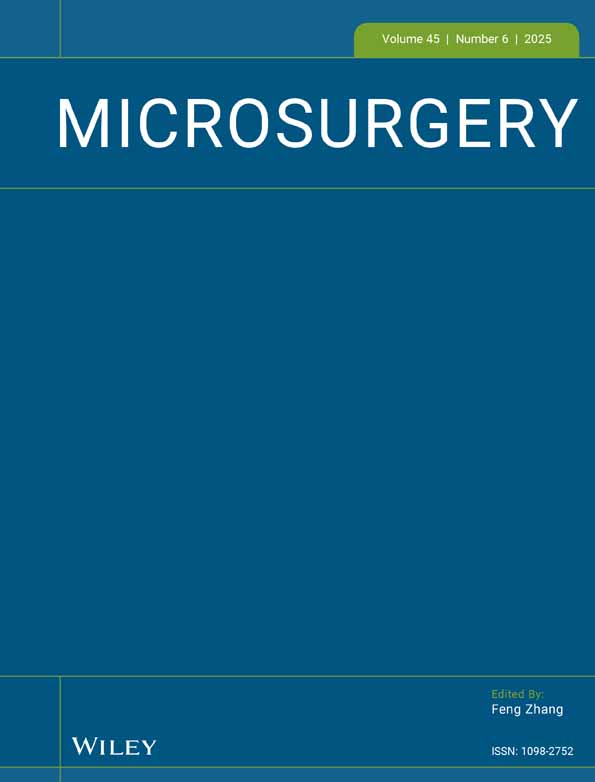Rat auxiliary liver transplantation without portal vein reconstruction: Comparison with the portal vein-arterialized model
Abstract
Auxiliary liver transplantation (ALT) has been reintroduced in clinical cases recently and is now believed to be a viable alternative to orthotopic liver transplantation. To provide a simple rat ALT model for studying the physiological and immunological aspects of the ALT graft, a new ALT was performed, and the comparison between this new model and the portal arterialized one that was reported by other investigators was carried out. At first, we confirmed that liver could tolerate the deprivation of its portal flow well, using a portosystemic shunted rat model. The new rat ALT model, in which the ALT graft obtained its blood inflow only from the hepatic artery, was then performed. Our results demonstrated that 50% of the hepatic artery-alone ALT graft showed almost normal structure histologically at 1 month after grafting, with bile secretion preserved. By contrast, only 8% 1-month graft survival was noted in the portal arterialized group, and all grafts stopped bile secretion 1 week after operation. In conclusion, with arterial blood supply alone, the ALT graft survived and demonstrated normal bile secretion function for more than 1 month. Portal vein arterialization is not an appropriate way to establish the graft's blood supply if no pressure adjustment measures were taken in advance. © 2001 Wiley-Liss, Inc. Microsurgery 21:169–195 2001




